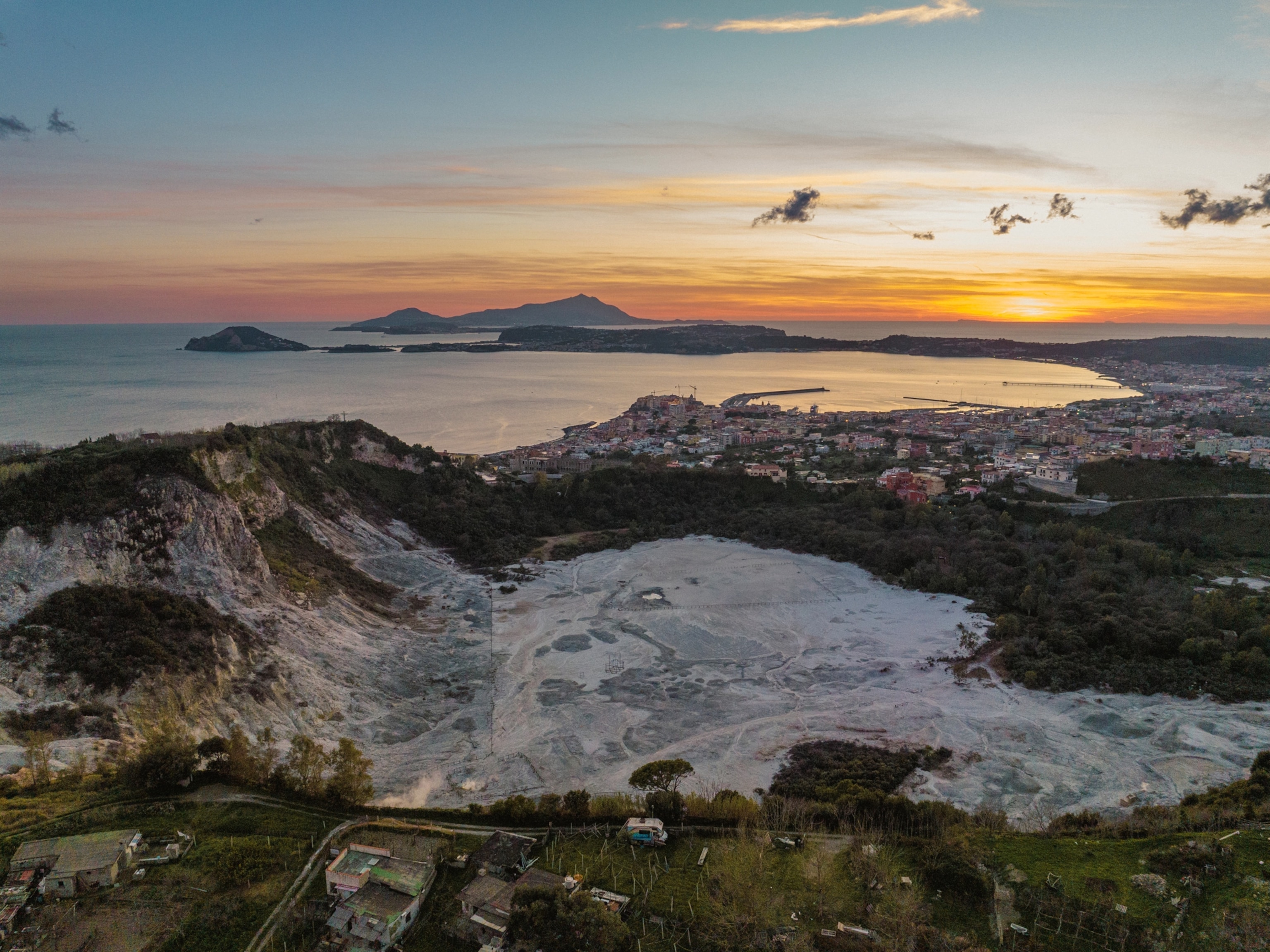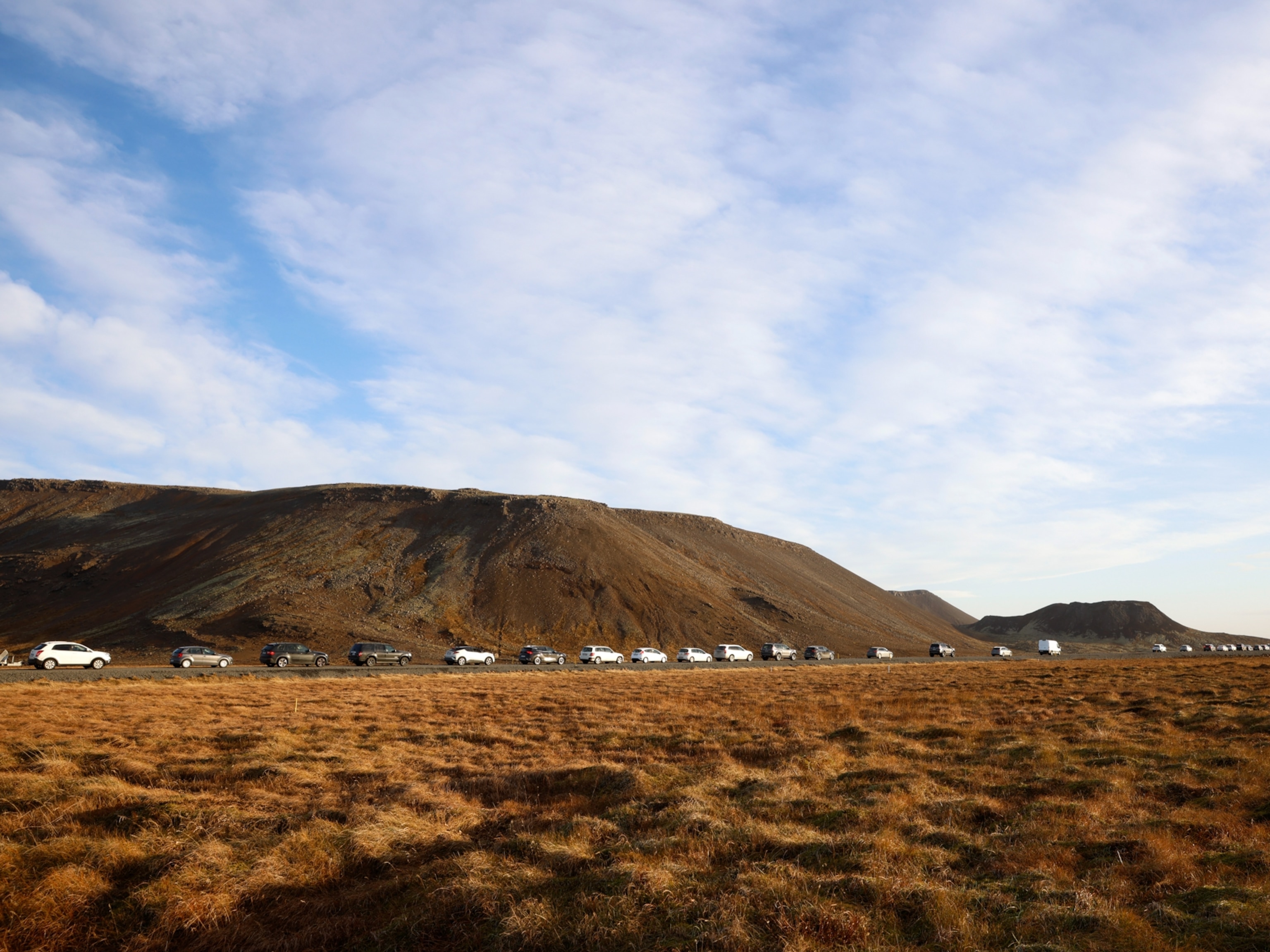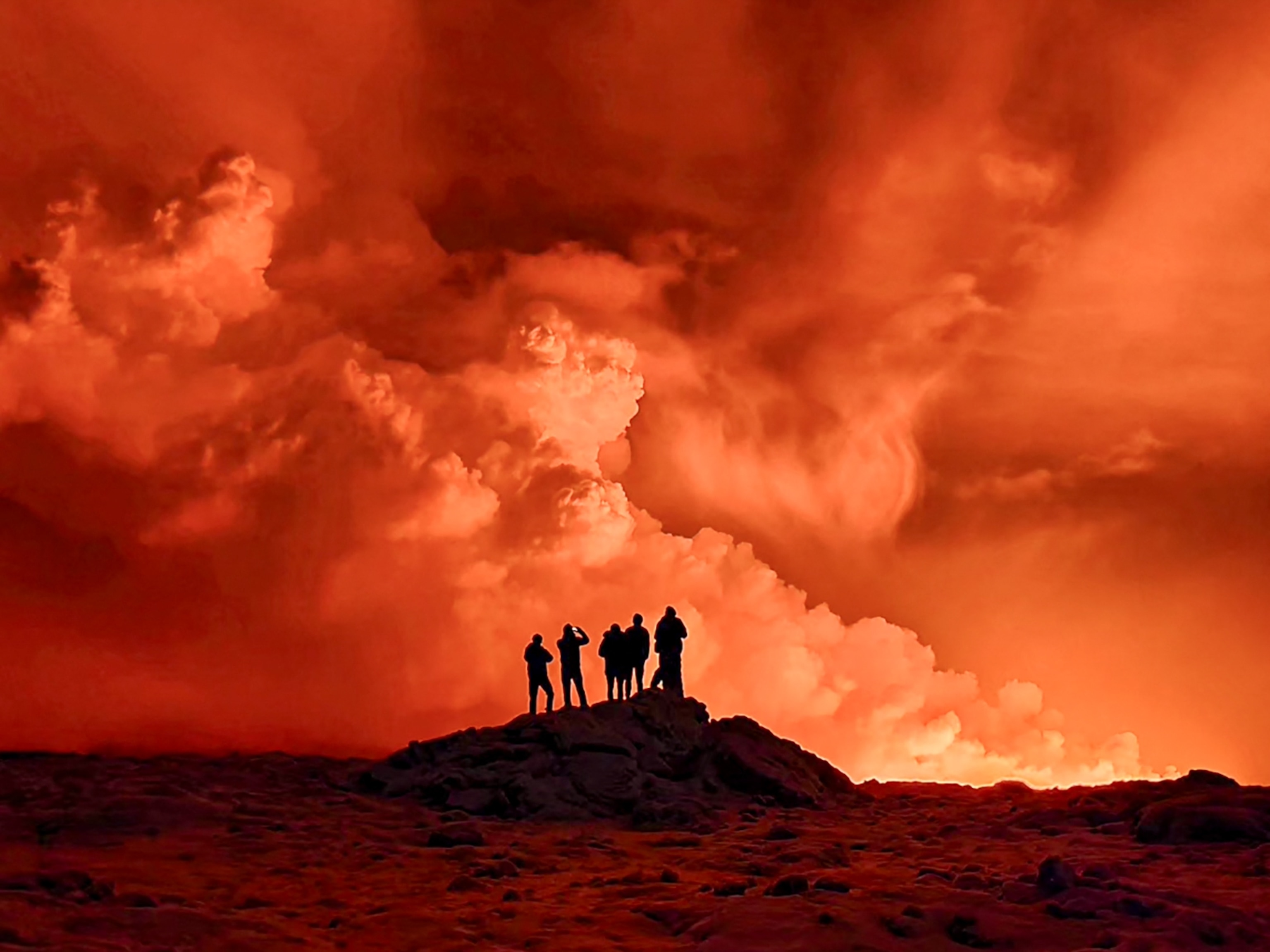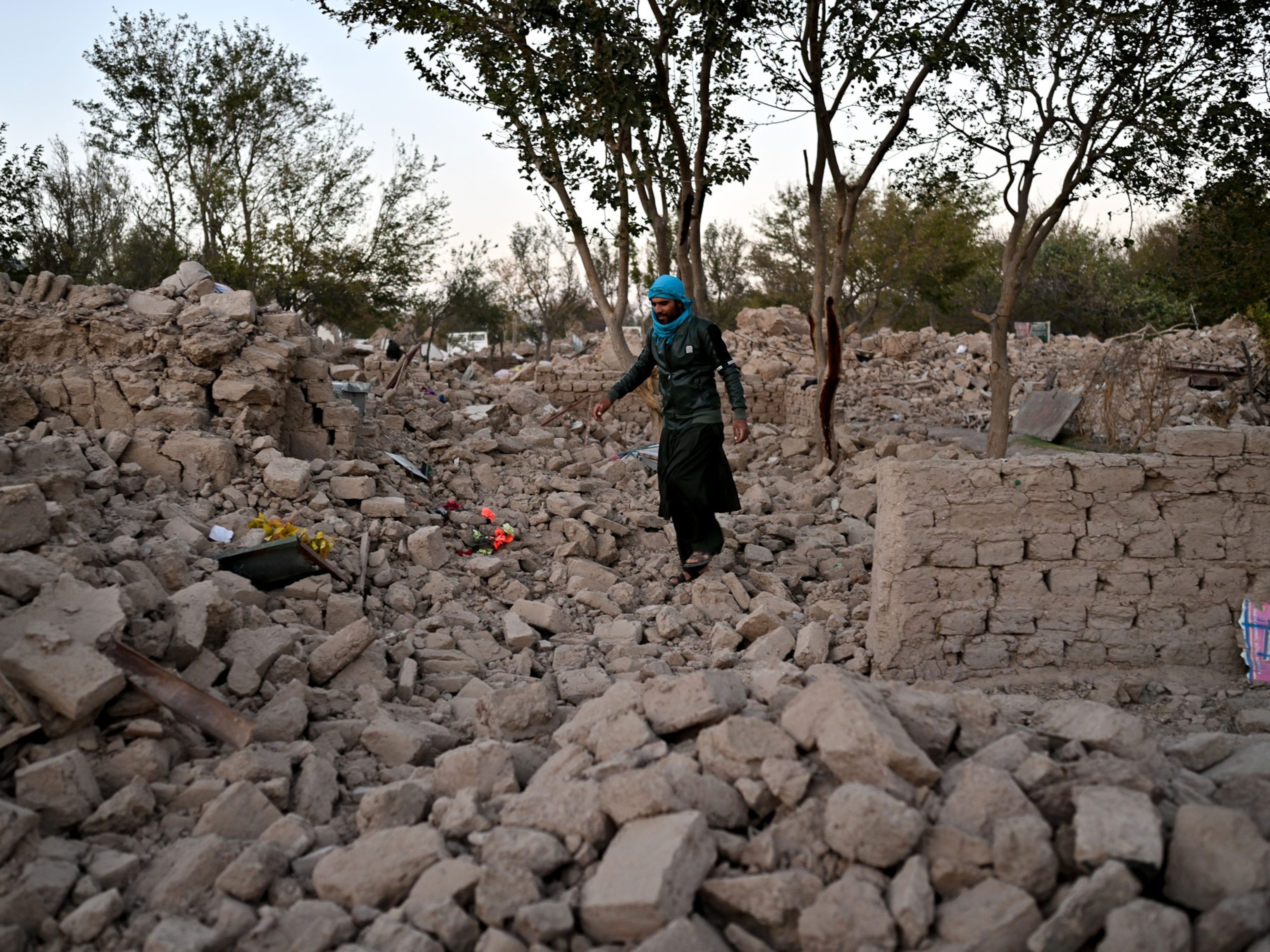Why is This Road in Mexico 'Breathing'?
The deadly earthquake that struck the region likely produced this bizarre phenomenon.
As Mexico reels from the destruction of a recent earthquake, a strange phenomenon has surfaced on its streets.
Video shows a patch of asphalt rising and buckling as if a large animal were taking big, heaving breaths somewhere beneath Mexico City. The phenomenon was spotted by resident Rigoberto Lechuga Silva on Sept. 19, just as the earthquake tremors rippled through his neighborhood.
Silva rushed into the street with the many others trying to evade swaying buildings. He noticed a lamp post wobbling and took out his phone to record the movement when he spotted the concrete rising and falling.
After Silva posted his video on YouTube, it was quickly copied and shared on various social media platforms.
On Twitter, scientists who viewed the clip began chiming in with theories for what could be causing the concrete to buckle. Geophysicist Mika McKinnon floated the idea that liquefaction was causing the movement.
In a Tweet, she noted that Mexico City is built over a sediment basin, so it's not unusual to see strange geological events follow intense seismic activity.
Hundreds of years ago, Mexico City had much more watery terrain. In the 14th century, the Aztec city of Tenochtitlan was built on an island set in the heart of the region's marshy landscape (learn about one of the region's most iconic animals). While the area was later drained by the Spanish, the loose sediment that once underpinned those waterways is now trapped beneath the world's eleventh most populous city. Much of that loose sediment is still saturated with water or punctuated by pockets of air.
When seismic waves pass through the area, such as from an earthquake, the sediment particles can then begin to flow as a liquid, in a process known as liquefaction. After reviewing the video, Susan Hough, a USGS seismologist, said liquefaction was a likely explanation for the heaving of the asphalt.
"During large earthquakes, you can get sandy soils venting to the surface in pulses," she said. "The twist here is that you have pavement over the ground."
Hough added that the cause could be confirmed with certainty once Mexican authorities have the chance to examine the ground beneath the road.
Mexico isn't the only place to see its roads seemingly liquefy after a major seismic event. Video from Japan shot after a 2011 earthquake shows a crack in pavement opening and closing.
Large portions of San Francisco are highly susceptible to liquefaction, according to a USGS report. Liquefaction often makes the damage from earthquakes worse by weakening the soil upon which tall city structures are built.
At its worst, liquefaction can trigger landslides and ground or building collapse.





